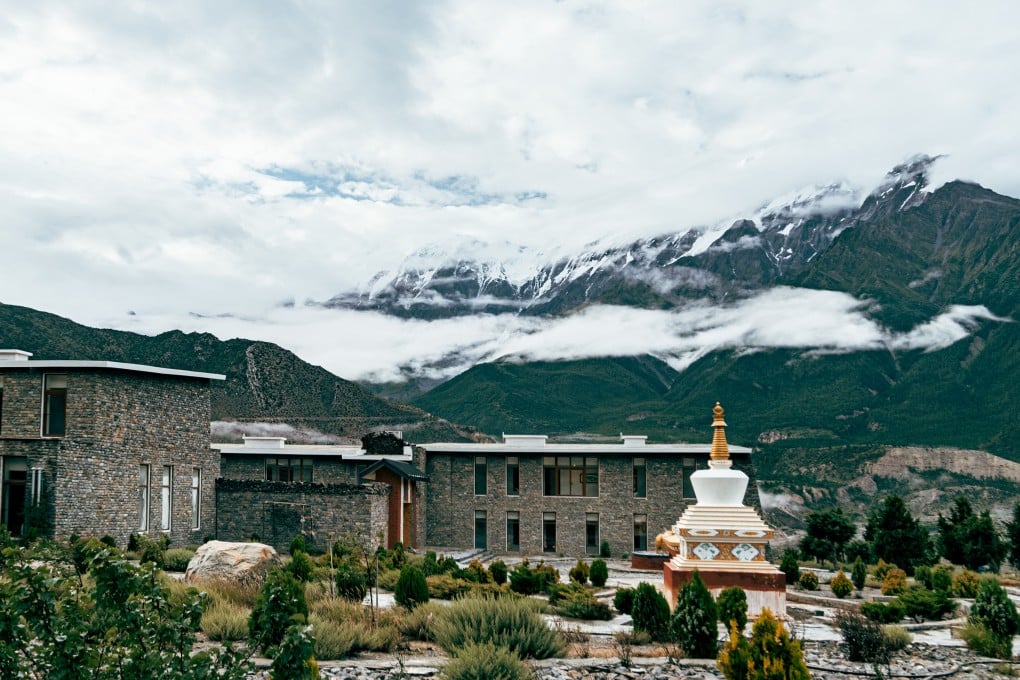Bill Bensley, world-leading hotel designer, arrives in Mustang, Nepal, putting his seal on luxury property built by trekking lodge owner
- Shinta Mani Mustang, a luxury hotel in Mustang, a once-closed kingdom opened to trekkers in the 1990s, has interiors styled by design star Bill Bensley
- Further up the valley, outside the walls of the former royal capital Lo Manthang, a scion of Mustang’s hereditary rulers has his own luxury Royal Mustang Resort

When the son of the first Nepali woman to climb Everest, a renowned architect and a BBC MasterChef got together to open a hotel high in the Himalayas, the result was a three-way marriage made in Shangri-La.
Namgyal Sherpa owned a string of trekking lodges, but wanted to take his hospitality company to the next level, particularly as tourists were starting to return to Nepal after years of civil war, earthquakes and Covid-19.
Sherpa and Bensley agreed that Santosh Shah, who won MasterChef: The Professionals Rematch in 2021 and brought Nepalese cuisine to a global audience, should be the man to devise the kitchen’s culinary offerings.
Shinta Mani Mustang was born.
The 29-suite hotel opened in August. Just outside the hamlet of Jomsom, at 2,800 metres (9,186ft) above sea level, it is 350km (217 miles) northwest of Kathmandu and within reach of the border with Tibet.
